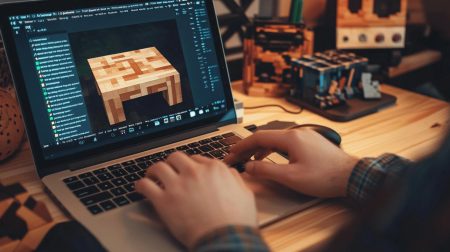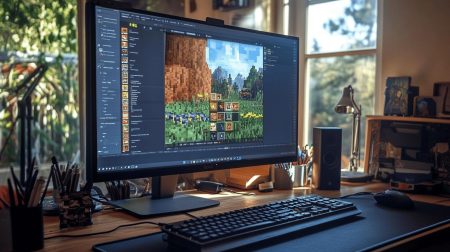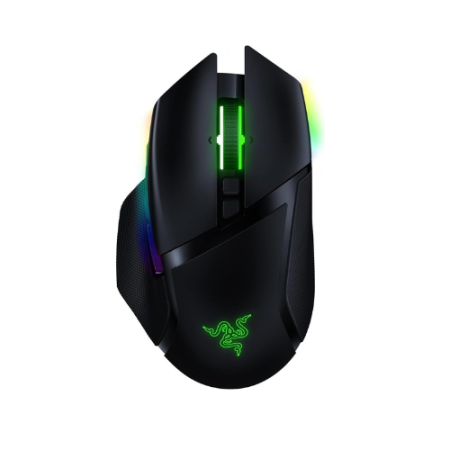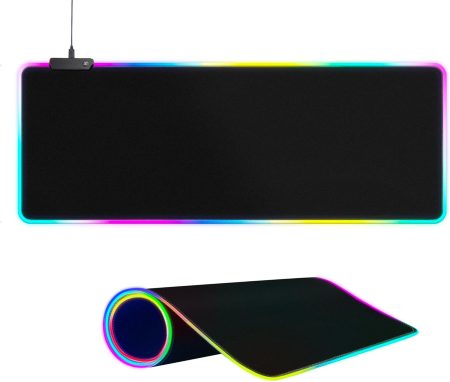Like all other hardware, a motherboard tends to stop working all of a sudden. The reason can be anything; a sudden voltage surge, a faulty capacitor, or any damaged part on the motherboard.
In some cases, your motherboard stops working for no reason, it is not dead, but it looks dead. So, if you ever turn on your PC and it won’t run, you test everything on another mobo, and they all work, it means something is wrong with your motherboard.
Here are some ways to test a motherboard to troubleshoot the issues.
Check if the Motherboard Is Dead
Not all problems indicate that your motherboard is dead and requires a replacement. Sometimes the problem is related to RAM, CPU socket, SSD connectors, or GPU slot, so you must check the issue before testing the motherboard.
• Physical Damage
If you turn on your PC and it won’t run for no apparent reason, it is better to check all parts of the motherboard. Put it under intense light and check all chips and see if there is any burned area. Also, check the back on the back to see if there is any black mark. Another thing to check is the bloated capacitors.
Remember, some stuff is easily replaceable while others might not be. So, if you see physical damage, take the motherboard to a repair shop and replace the parts.
• Burning Odor
If you are playing games or putting a lot of load on your PC, and suddenly your PC turns off, and you see some smoke followed by a burning smell, something on your motherboard has shown a good spark. After this, you don’t need any checks, repair the board or get a new one.
• Bios Menu on Startup
You need to update your bios if you turn on your PC and see the bios menu on startup but refuse to go away no matter what you do. If you update the bios and the problem persists, a component on your motherboard is not working. It usually happens because of RAM or SSD, so give them a look before trying again.
• Blue Screen of Death (BSOD)
Blue screen of death is an issue caused by overload, and one component on your PC can’t handle it. It doesn’t indicate a motherboard problem, but you should check your RAM afterward.
• Corrupted Application
Let’s say you have some malware in your PC or a core app not loaded or running correctly; these issues can lead to the motherboard not working. Moreover, it complicates things as you can never be sure which app it is and might have to install new windows.

How to Test Your PC’s Motherboard
Now that we know what causes such issues, solving them won’t be a huge problem. Aim to test your motherboard manually and use testing apps to get in-depth reports.
1. Visual Hardware Check
It is mandatory to do a visual hardware check before doing anything else. The best way is to remove all the wires, RAM, and GPU from the board, remove them from the box, and inspect everything. Check every port, see every capacitor, and even sniff the motherboard to check for a burnt odor.
If everything is fine, take out the CPU and check the socket and CPU pins. Sometimes bent CPU pins can cause this issue where it won’t read anything from the CPU and keep opening the bios. On the other hand, if a lot of pins are bent, the PC won’t start or start for two to three seconds and shut down.
Some motherboards come with an LED indicator near each port. If a port is damaged or causing a problem, the LED will blink, letting you know. The LED makes it easier to find faulty parts and repair or replace it.
2. Check the Power Supply
Another good reason for the motherboard not working is a faulty power supply. Many people don’t invest in a good power supply that stops working after a few months. Furthermore, a low-wattage power supply can also cause such problems. For example, you have a setup that takes 600 watts when running at peak. If your power supply can’t provide more than 550 watts, your PC will shut down every time you play a heavy game or run heavy processes.
Apart from this, PSU failure happens due to electric surges. You can take out the power supply and test it on a functioning PC. If the new PC won’t turn on, the PSU is damaged, not your motherboard.
3. Check for Beeps
Some motherboards have beeping sounds to indicate something is wrong with the board. When you turn on the PC, you’ll hear three beeps, and the PC turns off again. However, that sound is limited to RAM problems. Hence, if your PC is beeping when turned on, you need to check or change the RAM.
Testing a New Motherboard
You can avoid many issues related to the motherboard if you test it properly before using it. First of all, you can give it a thorough look and see if everything is fine. Attach everything starting from CPU, RAM, fans, strange, and GPU.
Before putting it in the box, attach the power supply and run it. Use the tools to check its health so you can address any problems it might have.
If it indicates that everything is fine, put it in the case and use it as you would. People skip this step and directly install it in the box. It is a hassle to take it out, so people keep on using it with issues.

Tools to Check Motherboard
Some problems are easy to find since they are visible, while others are harder to find. You have to use software to find those problems. For example, if a problem with your audio or ethernet adapter cannot be solved directly, you need to use a tool to reset their settings to fix them.
• Hot-CPU Tester
Hot-CPU Tester is a tool that can find the stability of a motherboard and its components. It helps track the general health of every component or indicate the one that is not working fine.
You can run tests to see which part of the motherboard is not working fine and causing random freezes or shutdowns. It highlights the entire board to see which component is causing an issue. Once you know the problematic part, you can replace or repair it.
• PC-Doctor
One of the well-known and most used tools for PC troubleshooting is PC-Doctor. This is the most accurate tool to show the problems related to your motherboard. Apart from showing minimal problems, this tool can show in-depth details of every problem and what issues it can cause.
• ASTRA – Advanced Sysinfo Tool
ASTRA is a little more unique than other tools because of showing the health of every component. It gives you a good idea of how long your components will last. On the other hand, you can also download the report and share it with a professional to learn more about your issues.
Final Words
You can physically test or use tools to check the motherboard. Tools give you a good idea of the health of the motherboard and every component installed on it.














